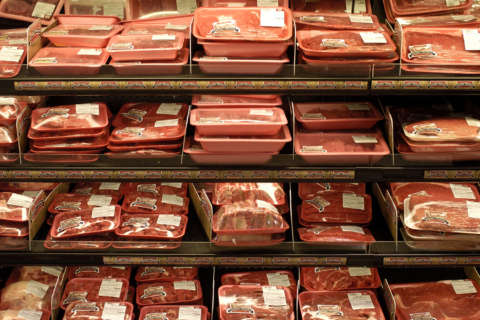WASHINGTON — Could you imagine eating a hamburger or a steak that has never grazed on the range? Believe it or not, meat can be grown in a dish in a lab.
A Dutch researcher did this first in 2013, producing a burger from cow stem cells in a laboratory. That first lab-grown burger cost around $300,000 to produce, so you’re not likely to see one on store shelves anytime soon.
Lean Plate Club™ blogger Sally Squires said the Food and Agriculture Organization of the United Nations predicts the demand for meat will increase by two-thirds over the next 40 years. And there are numerous advantages to growing meat in a lab — for the cows and for us.
First, Squires said, the cows will be very happy that they no longer have to die to feed us. Giving up stem cells is described as painless for the cow, obtained in a process that has been around for years, Squires says.
And since that would probably mean we need fewer cows, this lab-grown “meat” becomes more sustainable.
In addition, it could help protect some of the endangered species that are used as food in parts of the world.
This so-called cultured meat could also help cut the risk of food-borne illnesses, such as salmonella or E. coli.
On the risk side, there’s a question of how much consumers will actually like the idea of lab-grown meat.
But Squires added another “plus.” She said it could change the structure of meat, so consumers could have meat with boosted protein or reduced saturated fats.
People could end up with healthier “meat” and a product that doesn’t involve an animal’s slaughter.







